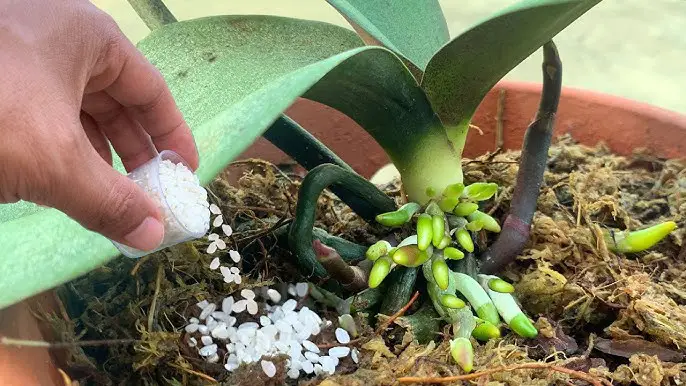Introduction: Orchids are stunning and unique plants that captivate many gardeners and indoor plant enthusiasts. However, their care can be a bit intimidating for beginners. In this article, we will outline ten essential steps to help you care for your orchids and ensure they thrive in your home or garden.
- Choose the Right Orchid Variety:
- Start by selecting orchid varieties suitable for your environment. Phalaenopsis orchids are an excellent choice for beginners due to their adaptability and long-lasting blooms.
- Provide Proper Lighting:
- Orchids need bright, indirect light. Place them near an east-facing window to receive filtered sunlight or use artificial grow lights if natural light is insufficient.
- Maintain the Right Temperature:
- Orchids thrive in specific temperature ranges. Most prefer daytime temperatures between 70-85°F (21-29°C) and slightly cooler nighttime temperatures, around 60-65°F (15-18°C).
- Water Wisely:
- Avoid overwatering your orchids, which can lead to root rot. Water thoroughly when the potting mix feels dry to the touch, usually every 1-2 weeks. Use a well-draining orchid potting mix.
- Humidity Matters:
- Orchids prefer high humidity levels. Consider using a humidity tray or a humidifier to maintain humidity around 50-70%. Misting can help, but avoid wetting the leaves excessively.
- Fertilize Appropriately:
- Feed your orchids with a balanced, water-soluble orchid fertilizer every 2-4 weeks during the growing season (spring and summer). Reduce or stop fertilizing in the dormant season (fall and winter).
- Repot When Necessary:
- Repot your orchids when the potting mix breaks down or the plant becomes root-bound. Generally, repot every 1-2 years after flowering.
- Prune and Deadhead:
- Remove spent blooms and dead or yellowing leaves promptly to encourage new growth and prevent the spread of diseases.
- Prevent Pests and Diseases:
- Regularly inspect your orchids for signs of pests (like aphids or mealybugs) and diseases (such as fungal infections). Isolate infected plants and treat as needed with appropriate remedies.
- Be Patient:
- Orchids may not bloom continuously but will reward your patience with stunning flowers when the time is right. Understand their natural growth cycles and allow them to rest between blooming periods.
Conclusion: Caring for orchids can be a rewarding and fulfilling hobby once you understand their unique needs. By following these ten essential steps, you can provide your orchids with the ideal environment and care they require for healthy growth and beautiful, long-lasting blooms. With patience and dedication, you’ll become a confident orchid enthusiast and enjoy the elegance these plants bring to your home or garden.
Show Comments



